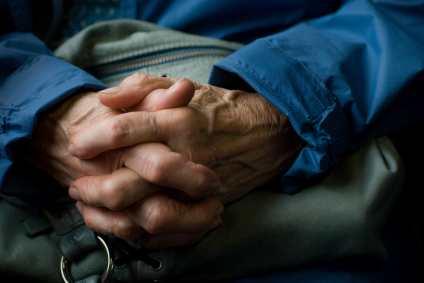
Gene Therapy May Be Answer to Effective Parkinson’s Treatment; Neurolucida Plays Role in Study
Neurotrophic factors may be the key to the cure for Parkinson’s, Huntington’s, Alzheimer’s, and other neurodegenerative disorders. Scientists have known this for over twenty years. But the question continues to loom – how does one safely and effectively deliver the neurotrophic factors to the damaged neurons? Dr. Raymond Bartus and his team at Ceregene, a biotechnology company in San Diego, have developed an innovative approach that may be the answer.
Rather than focusing on conventional methods of neurotrophic factor delivery, which have always been extremely difficult and resulted in undesirable side effects, the Ceregene researchers took a different approach. They turned to gene therapy. Instead of delivering the restorative protein to the targeted sites in the brain, the Ceregene researchers developed a way to deliver only the gene for the protein. Once in place, the gene induces local cells to make the protein on site.
“[CERE-120] is designed to deliver the gene for NRTN to targeted neurons, and subsequently program these neurons to provide continuous, long-term, predictable NRTN expression in selective, stereotactically-targeted regions of the brain,” say the authors in their paper published in the Neurobiology of Aging.
During ten years of testing, which initially involved rats and monkeys, before working with 80 human patients with Parkinson’s Disease, the researchers performed exhaustive experiments on the therapy’s safety and efficacy. In the paper, the authors describe how they achieved their main goal of NRTN expression throughout the targeted region, while avoiding exposure to other areas of the central nervous system, and inducing positive responses in the brain.

To measure the effectiveness of the therapy, the researchers evaluated patients one year after surgery and tested a series of “motor-related” and “quality-of-life” end points commonly used in Parkinson’s Disease therapy testing. Nineteen of the twenty-four end points favored CERE-120 compared with the sham control group.
“These data provide the first ever, properly controlled, “proof-of-concept” evidence that neurotrophic factors can improve the clinical status of an age-related neurodegenerative disease,” the authors say.
Neurolucida played an important role in the research. To determine proper dosage, the researchers created a 3D model of the brain with Neurolucida, MRI images, and histological slides. The 3D computer model helped the scientists visualize the target brain region so they could determine how much of the NRTN gene should be administered and where exactly it should be directed to “provide the greatest coverage, with the fewest needle tracts, while avoiding protein expression outside its boundaries,” according to the paper.
“The collective characteristics of safe, very long-term, controlled protein expression that can be targeted to specific sites or systems supports the idea that gene transfer may have finally solved the delivery problems required for neurotrophic factors,” conclude the authors.
Read the full paper “Advancing neurotrophic factors as treatments for age-related neurodegenerative diseases: developing and demonstrating ‘clinical proof-of-concept’ for AAV-neurturin (CERE-120) in Parkinson’s disease” on Ceregene’s website.
Bartus, R. T., Baumann, T. L., Brown, L., Kruegel, B. R., Ostrove, J. M., & Herzog, C. D. (2012). Advancing neurotrophic factors as treatments for age-related neurodegenerative diseases: developing and demonstrating “clinical proof-of-concept” for AAV-neurturin (CERE-120) in Parkinson’s disease. Neurobiology of Aging, 34:35-61


